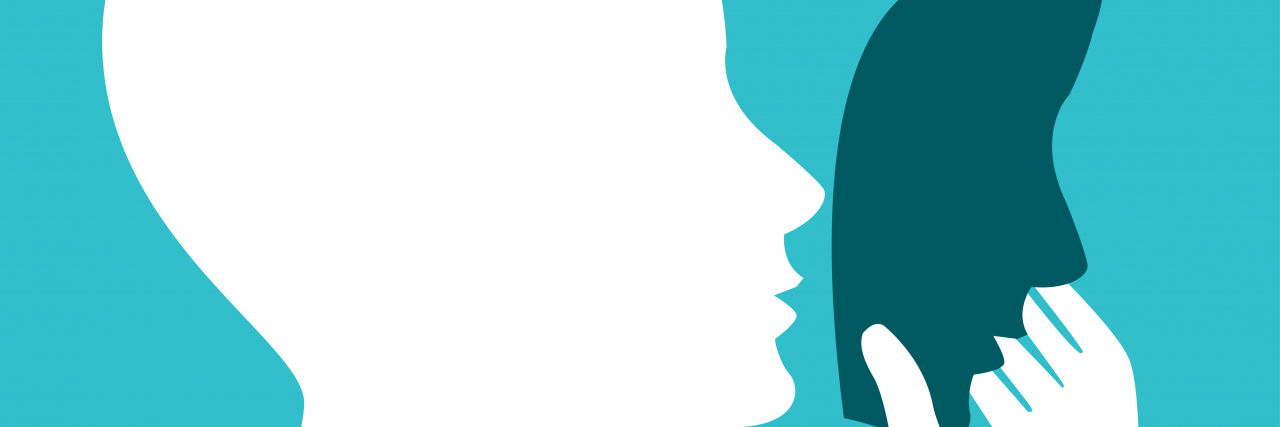It’s been a journey since my autism diagnosis. I was a self-diagnosed autistic for almost eight years before I got an official diagnosis almost two years ago. I thought once I got an official diagnosis, it was going to be easy. I was going to stop masking my autism, tell everyone who doubted my self-diagnosis that they were wrong, and finally become this well-rounded person. Getting a diagnosis was going to fix me. Unfortunately, that’s not the way everything went once I was diagnosed. When I first was diagnosed, I felt a sense of imposter syndrome. I wasn’t sure if I was doing things because I am autistic or because I was just diagnosed. For the first year, I masked even more, but masking my autism caused even more meltdowns and shutdowns. I was tired of trying to be someone that I am not.
Once I got my diagnosis, I had a hard time figuring out where my masking ended and myself started. I thought a diagnosis would magically help me stop masking and I would just be this autistic character that I’ve seen in the media. I would be like all the newly diagnosed autistics I see on social media. Stim dancing, sharing stories about being actually autistic and how being diagnosed was a relief. All of this became a mask to shield me from figuring out who I was. I shared my diagnosis journey and spoke more about autism advocacy, but I felt like an imposter. I started to doubt my diagnosis. Maybe my research was wrong. Maybe the doctor was wrong and I should be diagnosed with something else. What if everyone was right and I’m just trying to fit somewhere in this world? So I kept up the facade.
During this time, I had trouble regulating my meltdowns and shutdowns. I didn’t want to seem like I had decided to let my autistic flag fly, but the more I tried to hide my autism, the more it showed. I was being told that I was acting “more autistic.” This confused me as I thought I was doing great hiding it. It made me even more terrified to take my masks down, for fear that people wouldn’t be able to accept me. I would try to suppress the meltdowns, but the pressure would build and build up until I would have an exploding meltdown. I was tired and burnt out.
I finally started to be honest with my friends and family. I started sharing my autism diagnosis and I shared the information I knew about autism and how it affected me. When I was having a tough time or a meltdown, my family now knew what to do and how to help me. I started stimming more around people. The more I opened up, the less I got meltdowns and shutdowns. I still get them now, but not as frequently as I once did.
I gradually took each mask down over the year. The “I can deal with anything” mask, the “emulating my favorite character from a recent movie,” the “ just one of the guys,” the “I’m normal” mask. As I slowly took down my masks, I felt empty at first. I lost who I thought I was. The masks had protected me throughout my life. I knew I had to start my journey of discovering who I was without them. It was a scary yet exciting adventure to discover who I am without my masks. Sometimes I unconsciously fall into masking, especially in unfamiliar circumstances. I don’t know if I will ever not have the masks that I carry around with me like an old piece of luggage. However, I’m glad that I’m working on figuring out who I am as an autistic adult.
Getty image by Planet Flem.

